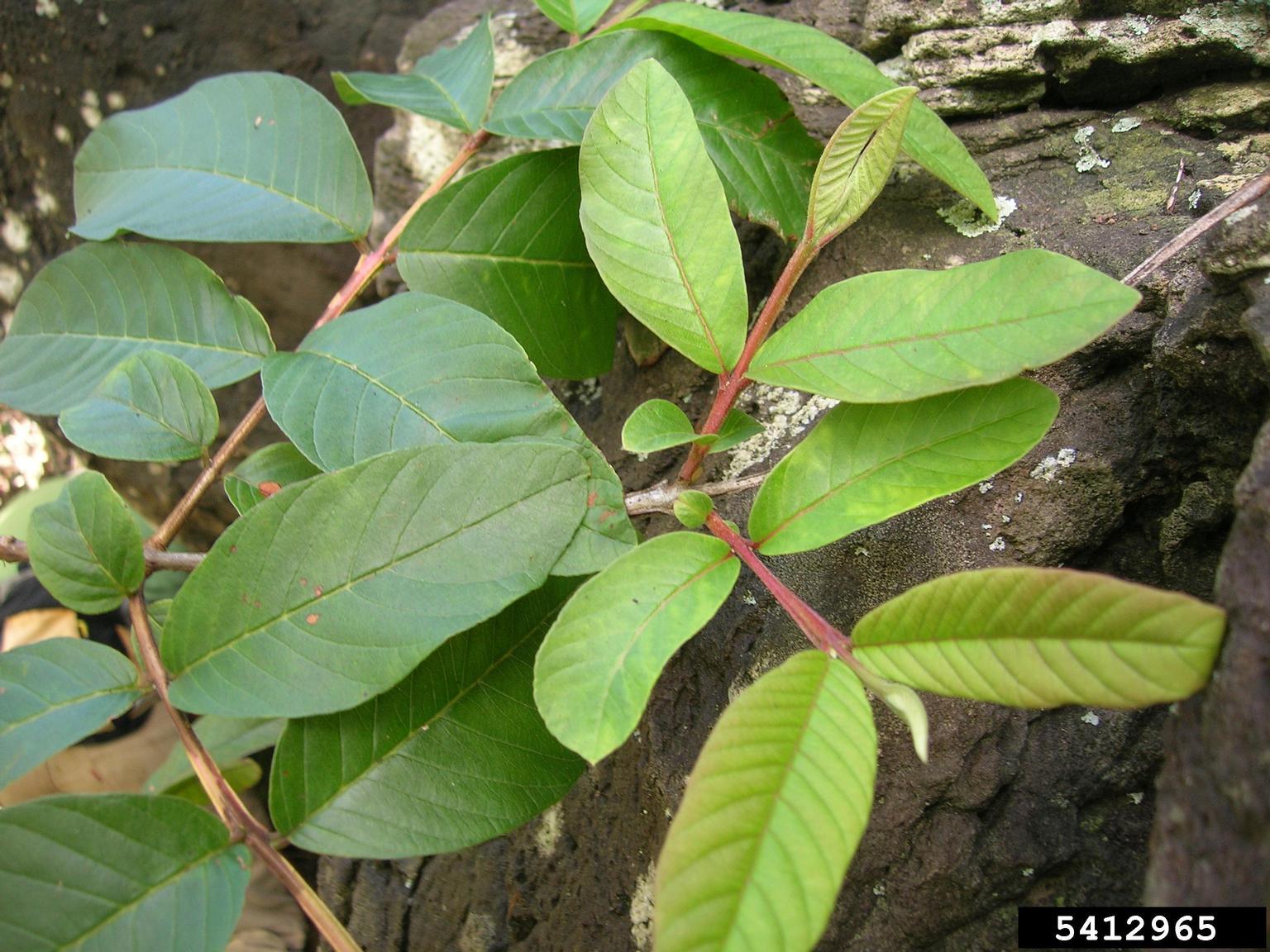Why Are My Guava Leaves Yellow – Dealing With Yellowing Guava Leaves


Guava trees are wonderful specimens to have in your garden or backyard to give you a real, tropical flavor. Just like any fruit tree, guavas have a big payoff but a bigger investment, which means it can be disheartening or downright terrifying when something seems to go wrong. One especially common complaint is guava leaves turn yellow. Keep reading to learn more about recognizing and treating yellow leaves on a guava tree.
Why are My Guava Leaves Yellow?
Oftentimes, when a gardener reports yellowing guava leaves, it’s on a tree that’s being grown in a pot and overwintered indoors. Guava trees can’t really tolerate temperatures below freezing, which means that gardeners in most zones have to bring them inside for the colder months. This is the likeliest reason for yellow leaves on a guava tree-- a combination of different light, water, and humidity. It’s especially common for this yellowing to happen in the spring, at the point when the tree has spent the most time indoors. Usually, the yellowing will begin at the lowest leaves and work its way up. Some may even fall off. Luckily, guava trees are very resilient. If your tree seems to be yellowing over the winter, the best thing to do is wait for warmer weather. Once it’s back outside, it ought to perk up.
Other Causes for Yellow Guava Leaves
Of course, not all yellow leaves on a guava tree are due to overwintering. If your tree is outdoors in the heat, there are a number of other possible causes. Most plants will turn yellow as a sign of stress-- if the weather is exceptionally hot or cool and/or wet or dry, this could be the culprit. There is also a chance that the yellowing leaves are a symptom of nematodes. There are a number of nematodes that attack guava tree roots. To discourage nematode infestations, mulch your guava trees and pay special attention to fertilizer and water. Always avoid planting where there is a known nematode infestation.
Sign up for the Gardening Know How newsletter today and receive a free copy of our e-book "How to Grow Delicious Tomatoes".

The only child of a horticulturist and an English teacher, Liz Baessler was destined to become a gardening editor. She has been with Gardening Know how since 2015, and a Senior Editor since 2020. She holds a BA in English from Brandeis University and an MA in English from the University of Geneva, Switzerland. After years of gardening in containers and community garden plots, she finally has a backyard of her own, which she is systematically filling with vegetables and flowers.